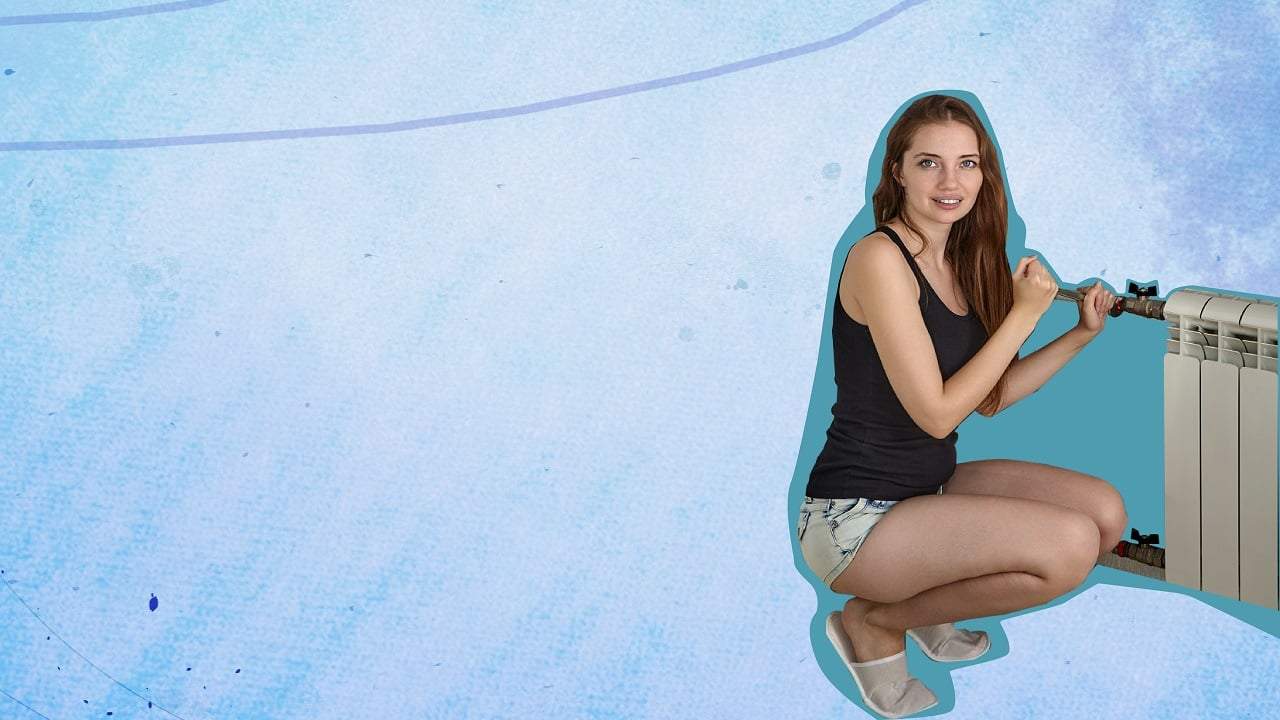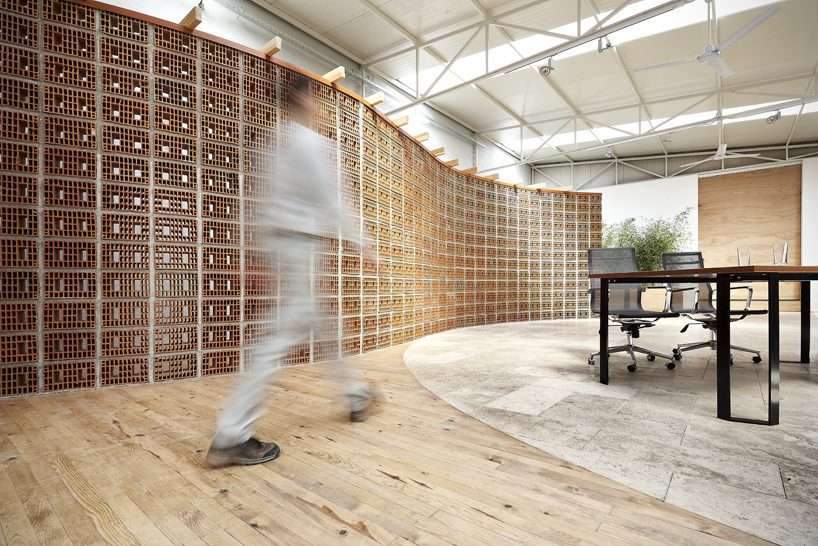A leaking radiator can harm your walls and furnishing if left unresolved for too long. Using thermal leak detection kits to locate leaks is a great way to start addressing the problem.
In this article, we have covered different ways of repairing a leaking radiator, including fixing broken radiator valves, spindle leaks, broken pipe joints, and leaking radiator glands and pinholes. Moreover, this guide covers tips for maintenance and leak prevention for hassle-free temperature control.
Identifying The Source Of The Leak

Perhaps the most crucial step in this process is identifying the source of your leak. First, you must clean and soak all the water your radiator has leaked. Keeping some common household items and tools by your side is advisable to ensure a seamless job. For this, you will need soaking rags, tissue paper, a bucket, a spanner, and a screwdriver.
Collect all the water in your bucket and thoroughly dry the body of the radiator with the rags. This will help you identify any leak precisely. Then, take some tissue paper and wipe each part of your radiator to see where the tissue paper comes out wet.
Don’t forget to check the valve, tail, and pipe beside the main body. When the tissue paper is drenched after wiping a particular part, you’ve found the source of your problem.
Warning
Ensure you turn your radiator off before drying it since it may lead to burns and scalding.
Fixing The Leak
Since a radiator can leak from many places, each damaged part requires a different procedure to fix them. Here’s the detailed method for addressing each issue:
Fixing A Leaking Radiator Valve
A leaking valve is the most common cause of radiator leakage, and fixing it is pretty simple. The only reason the valve is leaking may be because the radiator is partly open and needs tightening:
- Thoroughly dry the body of the radiator.
- Discharge any water collected under the leak.
- Close the water supply to the valve and turn your lockshield valve, which is located on the other end of the radiator, with a plastic top.
- If there’s more water leaking, use the rags and collect them into the bucket.
- Using the adjustable spanner, undo the union nut that holds the supply pipe to the radiator.
- Open the bleed valve, place the bucket under it, and let the rest of the water empty itself from the radiator.
- Next, using PTFE tape, wrap the valve tail a good number of times for efficient sealing.
- Tighten the union nut and open the water supply valve to fill the radiator.
- Once it’s full, check for further leakage and close the bleed valve.
Tip
Remember to keep count of the number of turns it takes to close the lockshield valve. You will need to adjust it back the same number of times once you’re done. Write it down if that helps.
Most often, this process is sufficient to stop the leak. If you notice continuing leakage, you might need to change the valve into a new one. If you have difficulties changing a valve, consider booking a professional check-up.
Fixing A Radiator Spindle Leak
Every radiator valve has a small fixture called a spindle leak that connects the heater to its pipe. If damaged, there might be substantial leakage. Here’s how to fix it:
- After removing the plastic top of the valve, tighten the gland nut with a spanner and check if it is continuing to leak.
- If so, undo the gland nut, wrap the spindle in sufficient PTFE tape, and attach it to the body of the coupling.
- Tighten the gland nut again and test your radiator.
If this doesn’t help, you’ll have to replace your valve again.
Fixing A Leaking Pipe Joint
With regular usage, pipe joints connected to the main body of the radiator may start to loosen up. In such cases, it usually leads to leakage. Tightening the pipe joints and nuts with a spanner usually solves the problem, but if it doesn’t, try:
- Cut the water supply to the radiator after turning off the heating system
- Put a bucket under the joint, open up the pipe, and drain the accumulated water
- Dry the area with a cloth, and then wrap the joint in some PTFE tape
- Gently tighten the nut back up with a spanner
Warning
Do not tighten the nut harshly, as it may lead to dents in the pipe that can further cause fitting problems.
Leak From The Radiator Gland
Even after changing the valve, sometimes the radiator continues to leak water. If that’s the case, there might be some problem with its gland. Follow these steps to fix a leaking gland:
- First, you need to check whether water is leaking from the plastic cap of the radiator valve.
- If the plastic lid is leaking, turn off the lockshield valve and cut the water supply.
- Drain any remaining water and remove the gland nut and its fittings.
- Remove the uncovered olive and prepare a new replacement.
- Cover the valve spindle with PTFE tape and make sure that it sticks to the body of the valve.
- Screw the nut back on and re-attach the plastic cap.
- Turn on the water supply and check for leaks.
Fixing A Pinhole Leak In The Central Radiator
Often, heavily used radiators can suffer from corrosion that can lead to a pinhole leak. There are usually substantial black sludge deposits causing rust spots due to long-term corrosion. Such cases might be detrimental and require a complete radiator replacement.
However, if your radiator is not a part of a central heating system, you can troubleshoot pinhole leaks with the following steps:
- Make sure that you have an expandable feed tank that is not a part of a sealed system
- Apply a resin-based sealant to stop the leaking
This process, however, might only last for a while and is a temporary solution. Consider purchasing a new radiator to avoid further risks.
If your radiator is still leaking after several repair attempts, seek professional help, as the problem may be trickier than it seems.
How To Prevent Radiator Leaks
Radiator leaks can be inconvenient for people living close to them. Whether you own an old or a brand-new radiator, it is imperative to take preventive measures.
For example, you can use anti-rust solutions and corrosion inhibitors or clean your radiators regularly. And while you’re at it, use thermal leak detectors to check for signs of leaking. The earlier you detect the problem, the easier it is to resolve.
Consider booking professional inspections a few times a year to avoid the need to fix it altogether. If that doesn’t work with your budget, try regularly checking for leaks.
How To Maintain A Radiator
The most common reason for malfunctioning radiators and leakage issues lies in improper aftercare and maintenance. Although they are generally hardy and can run without much care, proper maintenance will help you get the best longevity out of your radiator.
Moreover, a faulty radiator can burn a hole in your pocket since it needs to work harder to heat the area, resulting in increased power consumption. But a few simple steps can ensure that your radiator works efficiently in the long run:
1. Do Not Dry Clothes On The Radiator
Are you guilty of drying your clothes on the radiator? We all are.
Not many know that putting damp clothes on your radiator can cause increased rust and condensation. But if you have a radiator that includes drying clothes as a function, then go ahead!
2. Check Inhibitor Levels Regularly
Every radiator has an inhibitor in the main body, which protects your radiator in a central heating system. To help your radiator function properly, consider regularly checking on the inhibitor levels. Add this liquid externally if you find that the levels are low.
3. Keep Furniture Away
Always keep pieces of furniture away from the radiator. Not doing so can potentially cause harm to your furnishings, but it can also tamper the flow of the heat in your room or space. Such blockage in the heat circulation can lead to excess electricity consumption.
4. Check For Cold Spots
As already mentioned before, it is crucial to check for cold spots once in a while. You can use a thermal detector for that. To know more about this process, check out our article “Can Thermal Imaging Detect Moisture?”
If you happen to find any cold spots, make sure to bleed your radiator with proper care. You can refer to our steps concerning the drainage of valves.
5. Analyze The Boiler Pressure
Check the boiler pressure regularly if you have an attached boiler in your central heating system. An abnormal pressure may indirectly affect the heat-producing ability of your radiator. Moreover, the combustion chamber of the boiler should be in good working condition since it can throw the heat circulation off balance.
6. Keep The Radiator Away From Water
Always keep water away from the radiator! Water in any form – an accidental spill or a wet hand towel – is detrimental to a radiator. It can also lead to short-circuiting and fire accidents. Also, always dry your hands before touching a radiator to prevent electric shocks.

How To Fix A Leaking Radiator Conclusion
Radiator leaks and related issues are rather bothersome. However, fixing the little problems here and there is easier than it looks. Although detecting the source of the leak may be challenging, it can be a breeze if one follows the proper steps.
Nevertheless, before beginning any repairs, it is wise to calculate the potential repair costs, including purchasing spare parts, sealants, tools, and other household items. If you find that these expenses are higher than a professional heating service, you should go for the latter.
In this guide, we discussed the possible sources of radiator leaks, why they happen, and how to fix them effectively. To ensure a smooth repair, make sure you follow all the steps and repair your leaking radiator at minimal costs.
If you want to read more such informational articles, check out our guide on how to fix a leaking sink.


